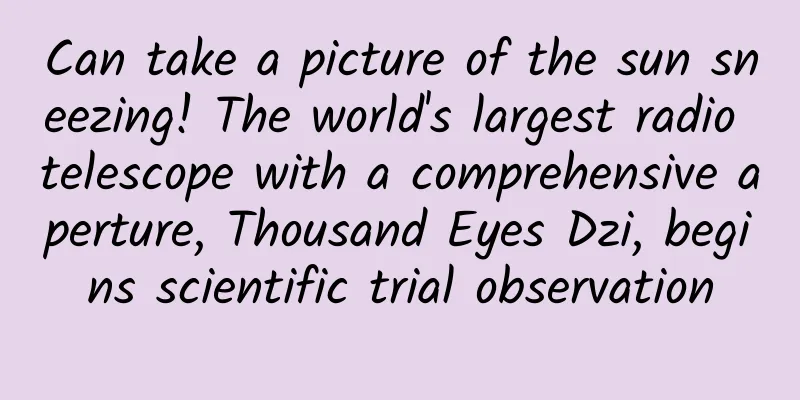NULL and nullptr and nil and Nil and NSNull

|
The declarations of NULL and nullptr can be found in the stddef.h file of Clang 6.0:
As early as 1972, when the C language was first created, the constant 0 had a dual identity as a constant and a null pointer. C used the preprocessor macro NULL to represent a null pointer, allowing NULL and 0 to represent a null pointer and the constant 0, respectively. NULL can be defined as ((void*)0) or 0. C++ does not follow the rules of C and does not allow implicit conversion of void* to other types of pointers. In order for the code char* c = NULL; to compile, NULL can only be defined as 0. This decision makes it impossible to distinguish the semantics of the code when overloading functions:
C++ suggests that NULL should be defined as 0, so foo(NULL); will call foo(int), which is not what the programmer wants and violates the intuitiveness of the code. The ambiguity of 0 causes confusion here. C++11 introduces a new keyword to represent the null pointer constant: nullptr, which separates the concept of null pointer from the integer 0. The type of nullptr is nullptr_t, which can be implicitly converted to any pointer or member pointer type, and can also be compared with them for equality or inequality. However, nullptr cannot be implicitly converted to an integer, nor can it be compared with an integer. For backward compatibility, 0 can still represent the null pointer constant.
PS: __MINGW32__ is a predefined macro for MinGW compiler. _MSC_VER is a predefined macro for Microsoft C/C++ compiler - cl.exe when compiling code. The value of _MSC_VER indicates the version of cl. This macro can also be used for conditional compilation when you need to write code for a specific version of cl. nil and Nil Objective-C nil is defined as a null instance. Nil is defined as the empty value of a class object (a null class) nil and Nil have equivalent declarations in objc.h and MacTypes.h files:
According to the description of __has_feature in Clang 3.7 document: "__has_feature evaluates to 1 if the feature is both supported by Clang and standardized in the current language standard or 0 if not", __has_feature(cxx_nullptr) is used to determine whether the nullptr feature in C++11 is supported. In Objective-C, both nil and Nil are defined by the __DARWIN_NULL macro. Press CMD and click to enter _types.h:
Because Objective-C is not C++ code, the second to last line #define __DARWIN_NULL ((void *)0) is highlighted, which means that the final nil and Nil are essentially ((void *)0) PS: In fact, if you only look at nil and Nil definition in Objective-C, it is not so troublesome. Just check "Constants->Null Values" in Objective-C Runtime Reference. Swift Swift 1.2 currently only has nil but no Nil. For security reasons, Swift has added the Optional type as a container. It's like a box that may contain a certain type of object, or it may be empty (nil). Boxes can also be nested or removed, but this is all based on safe parsing, binding, etc. Swift's nil is not the same as nil in Objective-C. In Objective-C, nil is a pointer to a non-existent object. In Swift, nil is not a pointer - it is a definite value used to indicate the absence of a value. Any type of optional value can be set to nil, not just object types. PS: For more information about Optional types in Swift, please refer to my other blog post: Optionals and Optional Chaining in Swift PS: Once upon a time, Swift’s nil was not a literal, but a unique instance of the NilType type. But that’s all history now. NSNull The definition of NSNull in NSNull.h is:
NSNull is a singleton with only one method, null, and is also used to represent null values. However, it appears in some scenarios where nil cannot be used to represent null values. For example, in NSArray and NSDictionary, nil represents the end of the array or dictionary (even if nil does not appear at the end, it will be cut off and the value after nil will be lost). In this case, only NSNull objects can be used to represent null values:
Although NSNull is semantically equivalent to nil, it is not exactly equal to nil:
|
<<: iOS alternative memory management
>>: Programmer Skill Hierarchy Model
Recommend
Guide to starting a campaign at Station B!
The topic I’m going to share with you today is “H...
Why does aging occur "cliff-like" after the age of 70? Do these things to slow down aging
This article was reviewed by Zhu Hongjian, Chief ...
The form of opening screen advertising!
Mobile advertising comes in many forms. For mobil...
Qualcomm to reduce charges for CDMA terminals due to antitrust pressure in China
Qualcomm has finally decided to change its "...
Is the constant urge to go to the toilet actually a disease?
One minute with the doctor, the postures are cons...
How to do Internet brand marketing? 6 rules!
The Internet is a place where innovation is highl...
Comet Zijinshan-Atlas has a reverse tail? What's going on?
Image caption: Comet Purple Mountain-Atlas in the...
In the "Silicon Valley War" between China and India in the technology world, where did China lose?
Recently, the most eye-catching thing in the Unit...
How to analyze bidding data? How to conduct data analysis for bidding promotion?
For bidding promotion, all effect optimization mus...
How do octopuses and fish carry out "cross-border hunting cooperation"?
In nature, we often see animals of the same speci...
Learn character design with Hollywood animation masters 2020 [good quality]
Learn character design with Hollywood animation m...
Coke tastes good, but kola nuts cause cancer!
You who are reading this article now may also be ...
Marshall MOTIF ANC Headphones Review: The Ultimate Experience Stands Out
As an old speaker brand founded in the last centu...
Don't argue about who is the leader between Geely and Great Wall. Everyone is buying Changan cars.
Recently, I have noticed that more and more cars ...
The autumn semester is coming! How much do you know about the prevention and treatment of "pink eye"?
===========================================...









